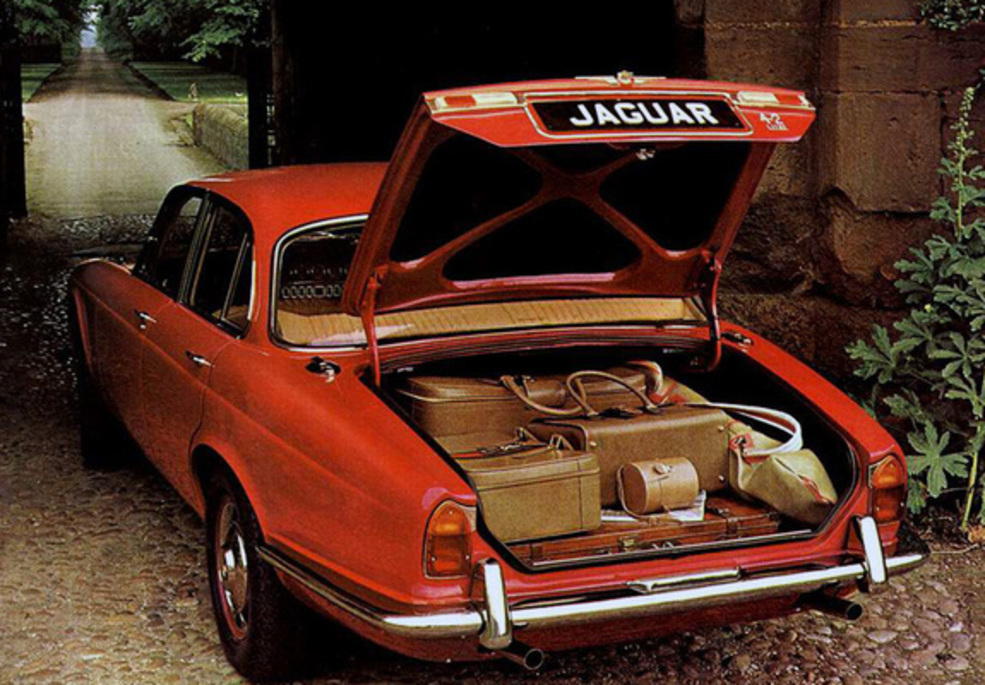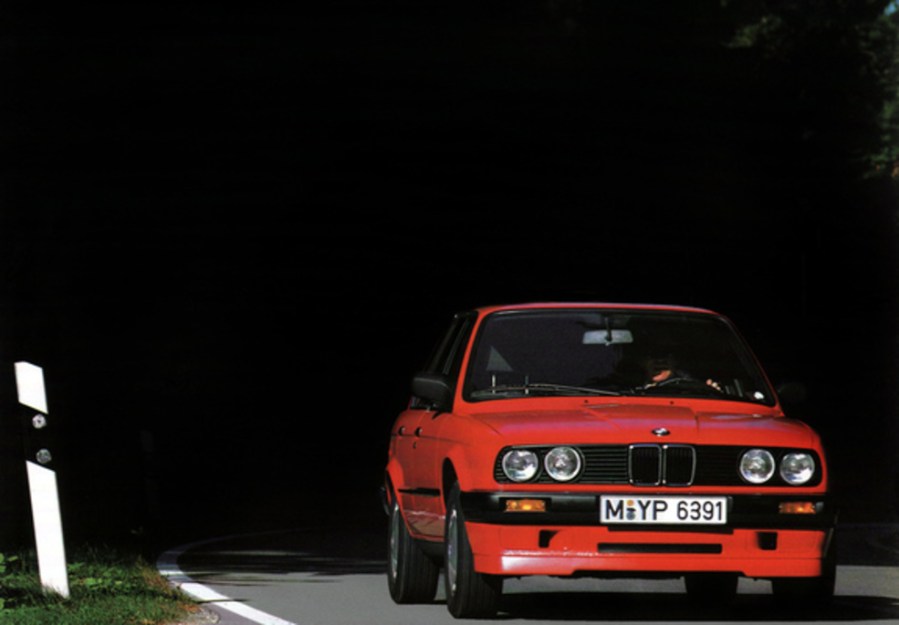Every classic car comes with a job you wish you’d never started. Here are a few of Andrew Everett’s least favourite.
BMW M30 HEAD OVERHAUL
Aah, the good old BMW M30 eh? 1968 to 1993, a good solid old motor. And, an absolute nightmare to work on more than often. Older carburettor and injection units aren’t so bad because you don¹t need to invent any new swear words when getting the head off. The 1980 to 1988 units aren’t that horrific because you can just about see the lower inlet manifold nuts. But the post 1988 (so E34 and E32) units? I hate working on these with a passion. The engine is of course canted over in the bay and the fatter inlet manifold makes finding the lower six 12mm nuts a right swine, never mind actually undoing them. Removing the starter motor is thus a tough a job because you can’t actually see what you’re doing. Getting the fuel injector rail off the manifold can be real fun, and then you may find the downpipe bolts snap off in the exhaust manifold – what joy.
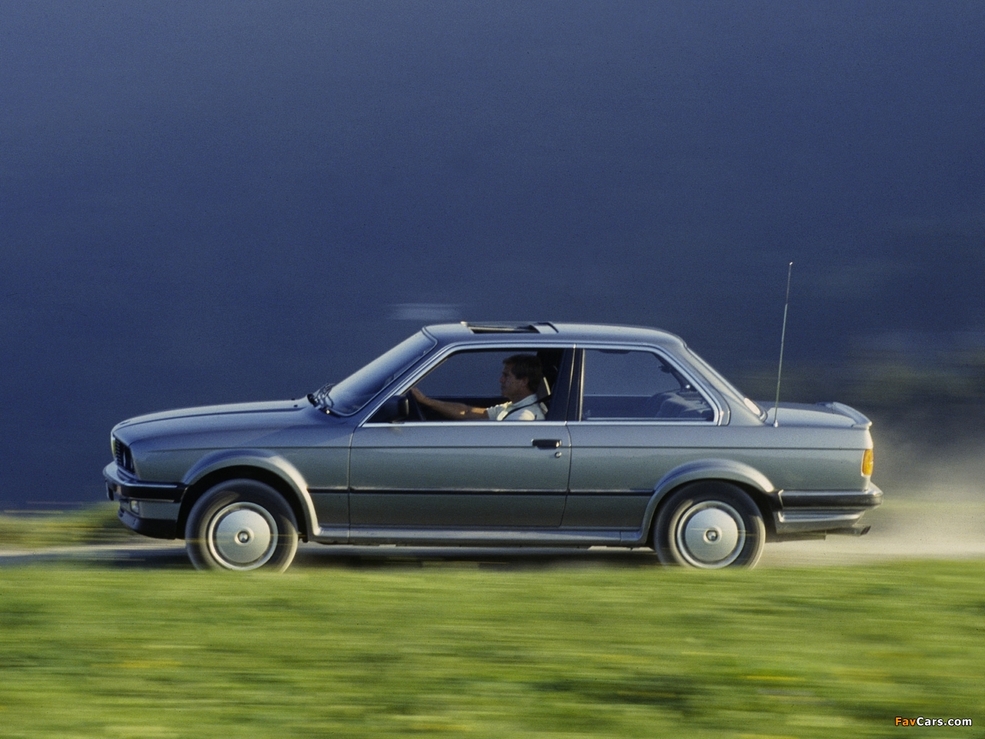
So the head is off, at last. Now you have to get the rocker shafts out, all four them and you can guarantee that whilst they were gently tapped in at the factory about a thousand years ago, it’ll take more than that to get them out again. They are all different as well with varying cutouts for the head bolts to pass through and that means you have to mark each individual shaft so you know where it went – if you don’t, you’ll have a right job trying to work out which one went where – centre punching numbers on the ends as each one comes out is essential and you’ll likely as not need a slide hammer with a bolt welded on the end to draw them out. At least the cam comes out easily once those dratted rocker shafts are out. Then you’ll find the head is corroded and needs skimming and welding – and that is why so many old BMWs with knackered cams and overheating issues ended up in scrapyards – once bitten, etc.

ALFASUD HANDBRAKE CABLE
The 1973 Alfasud was an absolute master of intelligent design in many ways. It used steel coil springs and a water cooled engine and of course it drove so much better than the regular stuff like Vivas and Escorts. Most maintenance jobs were slightly puzzling rather than difficult – adjusting the valve clearances with an allen key, adjusting the calipers to set the front brake pad clearance, replacing the cam belts – it as all pretty easy and actually pleasurable because it was so nicely made.
The handbrake cable though should have its own trophy for being an utter cow to replace. Suds had inboard front brakes and the handbrake worked on the front brakes, not the rears. Intelligent design again because it¹s almost impossible to move a Sud with the handbrake applied, with all the engine weight over the front wheels. One cable acts on both calipers via a small lever on the top of each one – the cable outer sheath fits onto one lever, and the inner bit onto the other so that the levers are pulled together when the handbrake is applied. There are strong return springs as well.
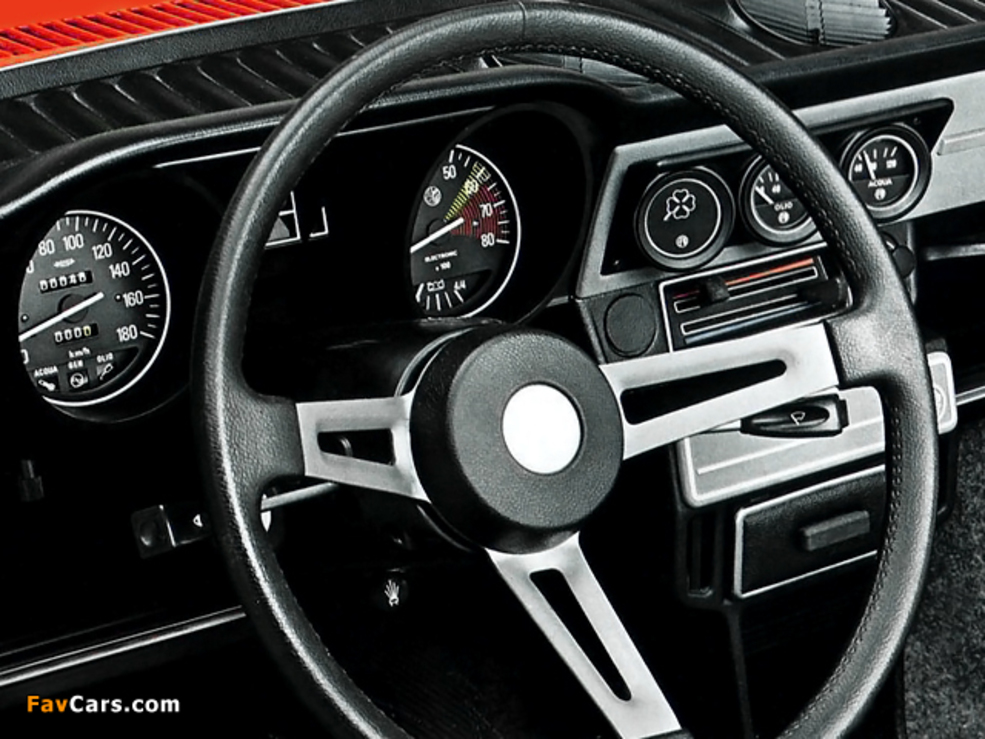
But when the inner cable breaks – and it surely will one day – you need to replace the whole thing. Trouble is, the calipers are on top of the gearbox as they’re inboard brakes, and thus directly underneath the second bulkhead. That makes access tricky – getting a broken cable off is easy enough, but you try getting the new one back on, fighting those sodding return springs and trying to hook it onto the second caliper lever – good luck. Sprints with the lower body are even worse. The trick now is to use two pairs of small self locking grips to hold the springs back fully and then feed them onto the levers. It ain’t easy.
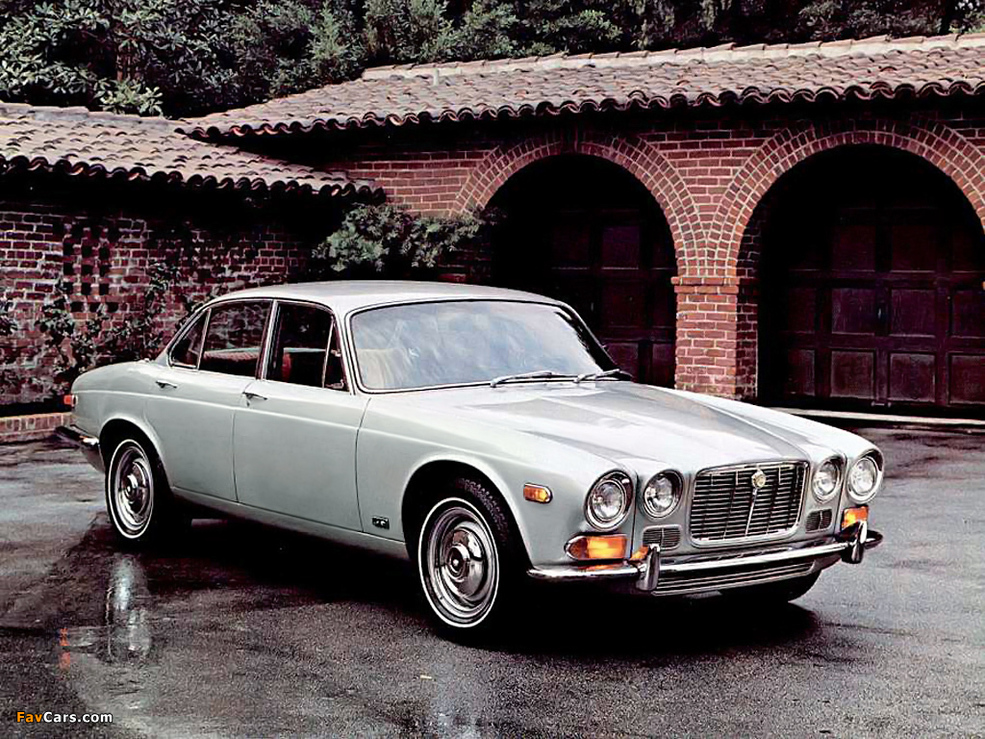
JAGUAR XJ HANDBRAKE CALIPERS
Back on a brake theme again, but you may recall seeing old XJ saloons with two neat holes cut in the boot floor directly above the calipers. Done correctly, this is a masterstroke because it eliminates the need to fight the bloody thing again when the handbrake pads need renewal. Whether these are worse that P6 Rover calipers is debatable but they’re both evil. Unlike the main inboard calipers, the handbrake calipers sit on top of the axle, just where you can’t really get to them. On a new car, maybe. On an old one, good luck because it will be rusty and seized. The quickest way was often to drop the rear axle – rear exhaust boxes wrestled off, disconnect the prop and the flexible brake hoses, radius arms dropped down, fight with rusty brake pipes, undo four subframe V mounts that will probably be knackered and down it comes on a jack – two hours is normally enough, three if it’s being a pig. Then there is the handbrake cable and calipers, take them off, clean them up, new pads and refit – replace or lubricate that cable as well. You will doubtless need to replace the V mounts and some brake piping and chances are, the radius arms will be rotten as well. All this just to make the handbrake work. There’s a good reason why most old XJs ended up on a heap – or some hero just cut two holes in the boot floor. You have been warned.
